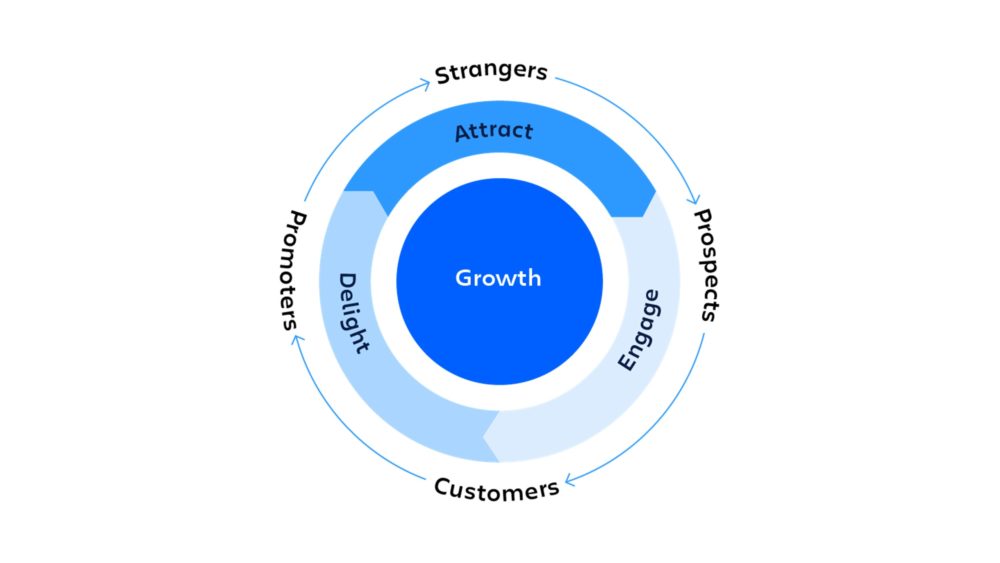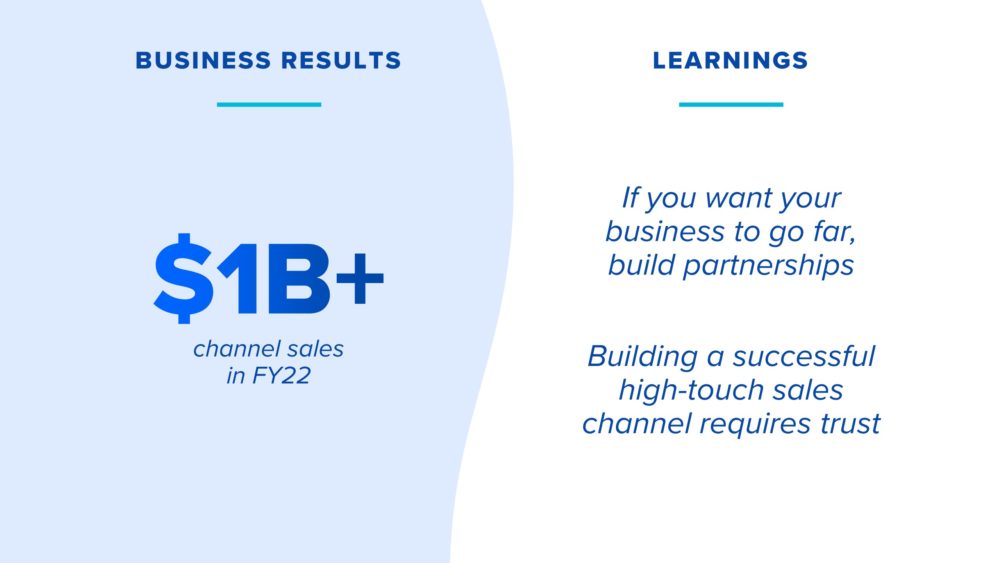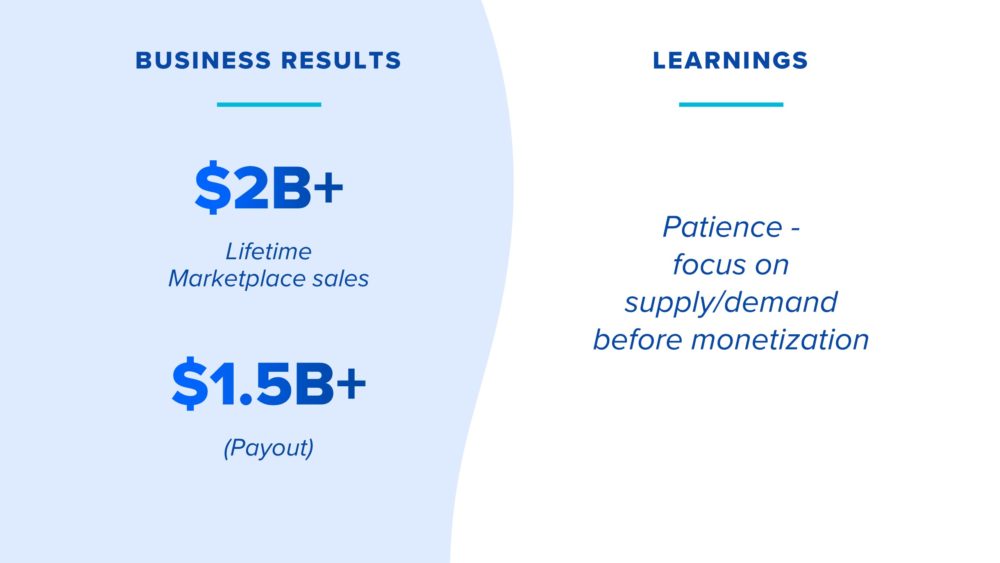Scale-ups are exciting. They demonstrate spectacular growth and expansion while revolutionizing and disrupting industries with new business models. Scaling to satisfy customers’ demands depends on innovation and foresight combined with enterprise-ready technology and the right partners.
On top of considerable dedication, creating a scale-up requires a functional edge—a unique and unreplicable capability compared to the players in the industry. Atlassian’s Chief Revenue Officer, Cameron Deatsch, walks us through how Atlassian grew over the course of 20 years and became one of the most successful startups today.
How Atlassian does business
The Atlassian business model is unique. They have grown to over $3 billion in revenue while keeping sales and marketing spending under 15% of revenue for all 20 years they’ve been in business. The main driver behind this success is that from day one, Atlassian took a product-led self-service approach to enterprise software.
Businesses must make it easy and painless for customers to go from having a problem to getting into the product and solving it with as few barriers as possible. Do your best so that customers can find and experience your product’s value quickly and let your product and pricing sell themselves.
Another thing that sets Atlassian apart from its peers is that they answer any question a prospect would have before they purchase the product. Atlassian has also cultivated an enormous online and in-person community where customers turn to other customers when they need help.
Power of the Cloud
Atlassian Cloud Platform is a platform that all Atlassian products rely on. The main idea behind that platform was to build the common capabilities that every product and application needs once and allow them to reuse platform components across their different deployments.
When you buy one Atlassian product and have your compliance requirements checked, you automatically get all the other product compliance requirements. This makes it easy for customers to expand their use cases.
Another noteworthy point about the Atlassian Cloud Platform is its extensibility. The platform hosts an app development infrastructure where partners and customers can build their own apps and deploy them within Atlassian’s infrastructure.

Making a robust ecosystem
The Atlassian ecosystem comprises three types of partnerships:
- Solution partners
- Marketplace partners
- Strategic technology partners
Businesses work with solution partners to help their brands accomplish specific goals. Solution partners usually help with strategy, tactical implementation, and hands-on operations. Having solution partners on your side translates into more resources to solve customer pain points. Today, Atlassian has over 700 certified solution partners in 84 countries.
Atlassian customers started building many plugins for different use cases in 2006, so the company built a website for customers to share and exchange their plugins for free. This meant so many new features to use for every Atlassian customer. In 2012, the website was transformed into the Atlassian marketplace, giving plugin developers the opportunity to make money off of their plugins.

It’s almost impossible for a technology company to fulfill all of its customers’ requirements and desires on its own. Nowadays, users expect applications to connect and work together seamlessly. Atlassian has been using partnerships to seek growth opportunities and introduce new products.
“If you want your business to go far, build partnerships.”
A “do-it-alone” approach in today’s fast-paced environment may not be the ideal strategy to improve business outcomes. Look for new opportunities, like partnerships, to drive collaborative innovation and develop the solutions your customers need today.
Key takeaways from Atlassian’s experience
Trust is the foundation of a successful partnership—whether with partners or customers—and enables you to achieve the desired results. To make your product a success, you must trust your customers. You build the product, but your customers decide what’s best for them.
Here are the three lessons from Atlassian to take with you on the journey of building trust and scaling your startup.

1. Be patient.
Scaling a platform and ecosystem isn’t easy and doesn’t happen overnight. When solving a customer problem, you need to be exceedingly patient to monetize your opportunity. Patience will be the most redoubtable resource in your entrepreneurship journey. Being patient will keep your pace, allowing you to reap the benefits of your hard work one day.
2. Understand when to partner and compete.
Strategic partnerships are becoming complex, so it’s vital to center them toward a precise strategic cause. Once you decide to establish a strategic partnership, be crystal clear on your goals for both sides and have clear metrics to track. This clarity will help you hold your team accountable for your goals.
“Partnerships are essential to better serving your customers by combining expertise, resources, technology, and purpose.”

3. Pay attention to the cultural fit
While partnerships are usually approached as a pure financial venture, cultural fit also matters. Make sure that the organization you’re going to partner with is an organization that can effectively collaborate with your team. Both partners need to consider cultural fit as a priority and ensure they are both invested in one another’s success.

